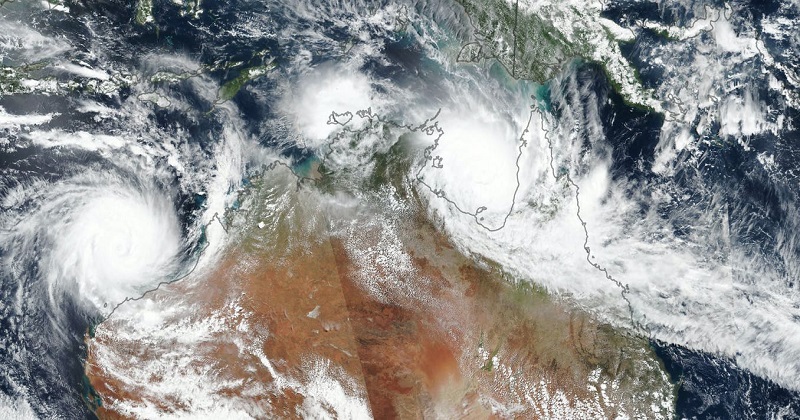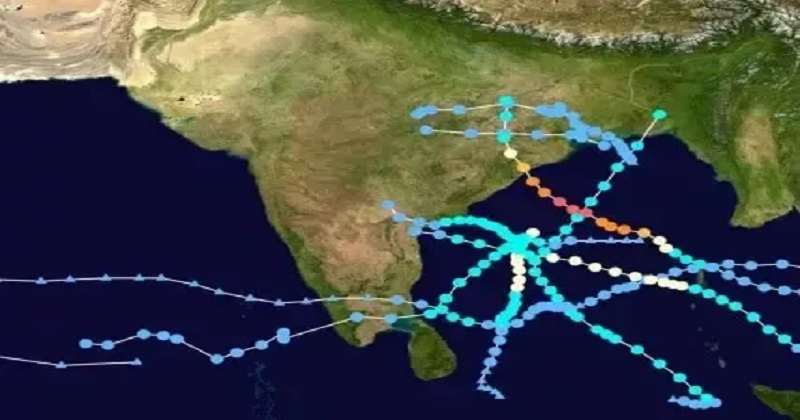
New Delhi: A week following Cyclone Tauktae created destruction in many states, the nation is now bolstering for the second cyclonic disturbance in the Bay of Bengal, and the account for the cyclogenesis can be delivered to unusually more heated Indian seas this year, creating atmospheric and ocean circumstances convenient for the regular form of cyclones and their fast intensification, says authorities. The initial rate for sea surface temperatures (SSTs) for the development of cyclones is 28 degrees Celsius. Now, SST over the Bay of Bengal as well as the Arabian Sea is about 31-32 degrees Celsius. Fast intensification is anticipated to proceed to become much more prevalent this era with sustained climate variation. One study discovered that intensification motions that occur once a century presently could occur every 5-10 years by 2100.

Dr. Roxy Mathew Koll, Scientist, Indian Institute of Tropical Meteorology, Lead Author, IPCC Oceans and Cryosphere, said: “Similarity between Cyclone Yaas and Tauktae is that both are preceded by very high sea surface temperatures reaching 31-32 degree Celsius. These high temperatures were conducive for cyclone Tauktae to intensify into an extremely severe cyclone in a short time. Similarly, high temperatures are predicted to assist Yaas also for intensifying rapidly.”

He also states that there is one variation. Tauktae spent many days in the Arabian Sea where it could bring the heat and moisture continuously, attaining a top intensity of more than 220 km/hr.“In the case of Yaas, it has formed in the North Bay of Bengal, and the travel distance to landfall is shorter. As a result, it won’t get a long period over the ocean to blow up to the intensity of Tauktae. Here the common thread is that rising ocean temperatures in both the basins are assisting these cyclones in their rapid intensification process. Otherwise, we don’t see a significant increase in the number of cyclones over the Bay of Bengal as we see in the Arabian Sea,” he said. According to Mahesh Palawat, Meteorologist, Skymet Weather, the credit for the cyclogenesis can be contributed to climate variation. Indian seas have been unusually more heated than usual this year, creating atmospheric and ocean circumstances convenient for the regular development of cyclones and their fast intensification.
Read more; ‘Manipulated media’ ;Twitter’s global headquarters goes live on India situation
Rapid intensification is the essential point to concentrate on, as it will have a primary influence on rainfall, damage in terms of floods and breezy winds, and removal process, said Palawat. He continued, “Although the intensity of Cyclone Yaas would be less than that of Tauktae it would be quite strong in terms of Damage. At the time of landfall, Yaas is likely to give flooding rains along with sustained wind speed of 165-175 kmph gusting up to 185 kmph. Coastal Odisha, Gangetic West Bengal, and Jharkhand are expected to be on red alert for widespread torrential rains and damaging winds.”

Post Your Comments